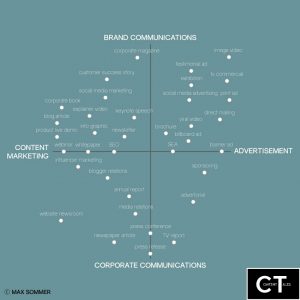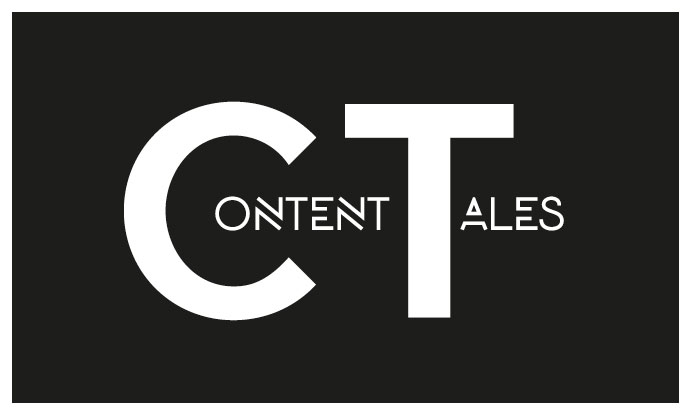READING TIME: 2 MINUTES
Every weekend I spend quite some time reading my favorite blogs. Mostly I choose articles, which cover the topic content marketing. After reading them, I often feel frustrated: Most people obviously don’t have a clue, how to distinguish between advertising and content marketing formats. With this article I want to change that.
I already read numerous definitions of content marketing, and I will not write another one. Instead, let me quote Doris Eichmeier and Klaus Eck at this point. In their book “Die Content Revolution im Unternehmen” they state: “Content marketing resulted from an attitude change of online marketers, who learned to avoid advertisement.” And they are absolutely right. No question, advertising is still important when it comes to sales driven marketing activities (like cross selling and up-selling actions), as well as brand communications. But: Especially millennials tend to trust content marketing formats rather than plain advertising. A Huffington Post article states: “Only about 1% of millennials claim that a compelling ad influences them”.
Content marketing formats create user value
For me, content marketing formats are indicated by a clear use value, which is generated with the help of relevant content, which educates, informs and/or coaches users. Good examples are info graphics, “how-to-articles” (B2C) webinars and whitepapers (B2B). They are highly useful for target audiences, but are not per se engaging. Content, which is useful and simultaneously entertaining, additionally leads to better engagement statistics and can therefore be described as the Champions League of content marketing.
Advertisement behind a smokescreen
Entertaining content, like viral videos or image clips, is often hidden advertisement behind the smokescreen of content marketing. It’s content, which emotionally touches people and therefore contributes to brand building aims, but it’s not creating a clear user value as described above. This is where we have to draw a line between content marketing formats and advertising formats – but also to other communication disciplines like brand communications and corporate communications.
INFOGRAPHIC – content marketing formats
Inspired by many conversations with colleagues, I decided to create a graphic, which illustrates the thin line between these different communication disciplines. This matrix is an attempt to roughly visualize how different content formats and communication tools work and to which discipline they belong. The info graphic is not intended to be complete. If you have any feedback or comments, please drop me a comment below.

Pull vs. push communication
Another really important point of differentiation between content marketing formats and advertisements is the systematic scheme, they follow: While advertisement (and also brand communications and corporate communications) is classified as push communication, content marketing focuses on relevant questions within an audience. As a consequence, content marketing works as pull communication, which is perceived as less annoying and much more native than plain advertisement.
Furthermore the cost perspective is interesting, when it comes to comparing pull vs. push communication. Advertisement needs thousands of Dollars, in order to get a company’s brand message communicated to it’s target groups. So the money is mainly invested in the distribution of content through mass media. Content marketing formats on the other side, offer first-class content, which is automatically found by the target group and furthermore shared and liked by the community. At this point content becomes a serious asset for the company, especially when you consider the importance of content for successful SEO (search engine optimization).
I hope I was able to give you a rough overview of what content marketing is, and what it’s not. If you have any questions, drop me a comment. Also feel free to subscribe to my newsletter below.




Be First to Comment